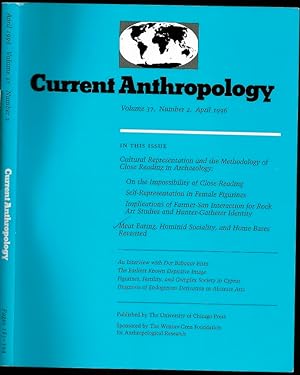lisa rose fiona marshall (1 Ergebnisse)
FeedbackSuchfilter
Produktart
- Alle Product Types
- Bücher (Keine weiteren Ergebnisse entsprechen dieser Verfeinerung)
- Magazine & Zeitschriften (1)
- Comics (Keine weiteren Ergebnisse entsprechen dieser Verfeinerung)
- Noten (Keine weiteren Ergebnisse entsprechen dieser Verfeinerung)
- Kunst, Grafik & Poster (Keine weiteren Ergebnisse entsprechen dieser Verfeinerung)
- Fotografien (Keine weiteren Ergebnisse entsprechen dieser Verfeinerung)
- Karten (Keine weiteren Ergebnisse entsprechen dieser Verfeinerung)
- Manuskripte & Papierantiquitäten (Keine weiteren Ergebnisse entsprechen dieser Verfeinerung)
Zustand
- Alle
- Neu (Keine weiteren Ergebnisse entsprechen dieser Verfeinerung)
- Antiquarisch (1)
Einband
- alle Einbände
- Hardcover (Keine weiteren Ergebnisse entsprechen dieser Verfeinerung)
- Softcover (1)
Weitere Eigenschaften
- Erstausgabe (1)
- Signiert (Keine weiteren Ergebnisse entsprechen dieser Verfeinerung)
- Schutzumschlag (Keine weiteren Ergebnisse entsprechen dieser Verfeinerung)
- Angebotsfoto (1)
- Keine Print-on-Demand Angebote (1)
Gratisversand
- Kostenloser Versand nach Deutschland (Keine weiteren Ergebnisse entsprechen dieser Verfeinerung)
Verkäuferbewertung
-
Meat Eating, Hominid Sociality and home Bases Revisited in Current Anthropology Volume 37, Number 2
Verlag: University of Chicago Press, Chicago, 1996
Anbieter: The Book Collector, Inc. ABAA, ILAB, Fort Worth, TX, USA
Magazin / Zeitschrift Erstausgabe
Soft cover. Zustand: Very Good. 1st Edition. 307-338 pages with tables and figures. Quarto (11" x 8 1/4") bound in original publisher's stapled wrappers. current Anthropology Volume 37 Number 2 complete issue. First edition. The authors address the interpretation of Plio/Pleistocene hominid "home-base" sites in East Africa by integrating data from archaeology, primatology and carnivore biology. Revisionist views of Plio/Pleistocene sites have emphasized the limited capacities of early hominids and the danger posed by large carnivores. They argue that flight and avoidance were not the most likely strategies for meat-eating hominids facing competition and increased risk of predation. Instead, the authors, suggest, these pressures promoted increased sociality, cooperative protection from predators, and cooperative defense of resources. They present a resource-defense model of hominid land use in which, because meat represents a movable high-quality resource, hunted and scavenged carcasses were transported to focal sites that offered spatially fixed and defensible resources such as water, trees, and plant foods. Repeated use of such focal sites for a variety of diurnal and nocturnal activities would have resulted in a home-base or central-place pattern similar to that proposed by Glynn Isaac. However, they suggest that the use of home bases does not necessarily imply monogamy and a well-defined sexual division of labor. Condition: Light edge wear, corners gently bumped else very good.


